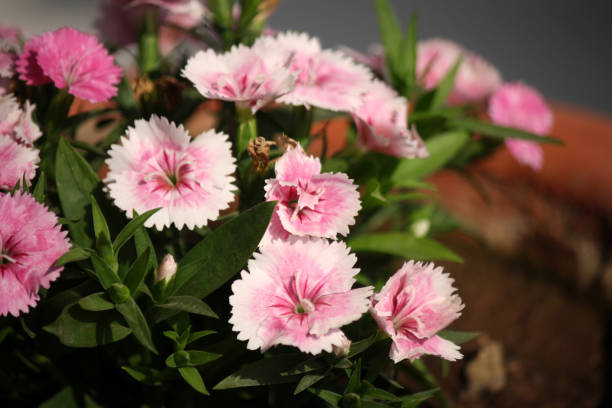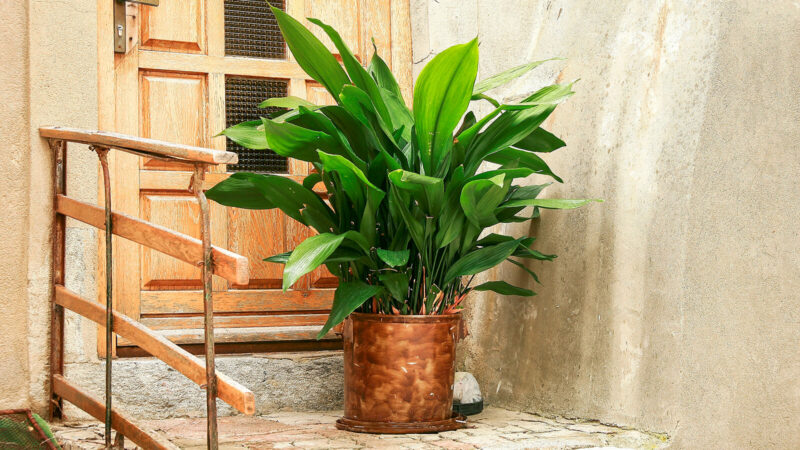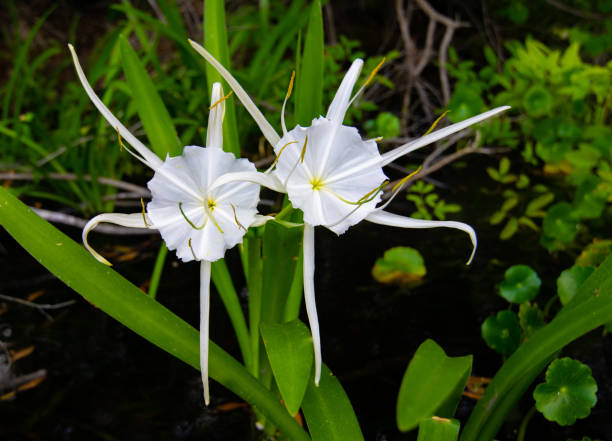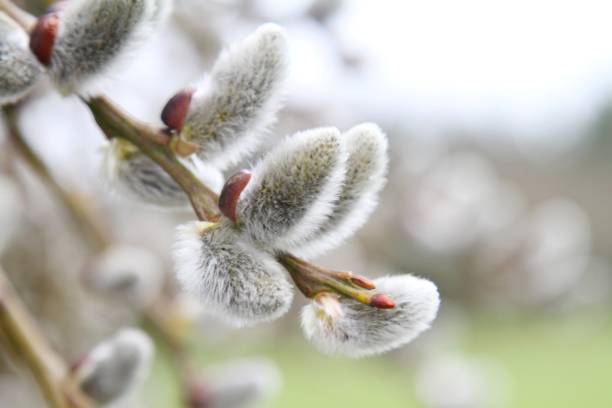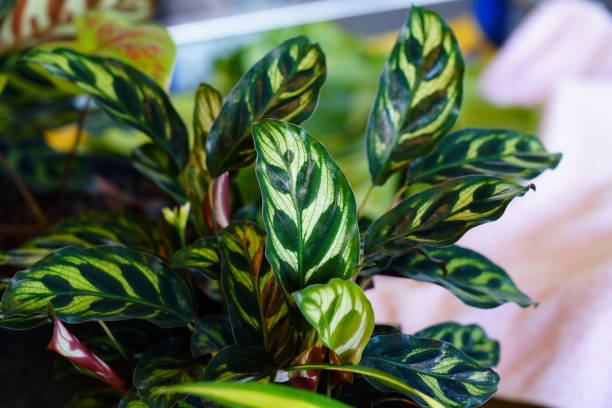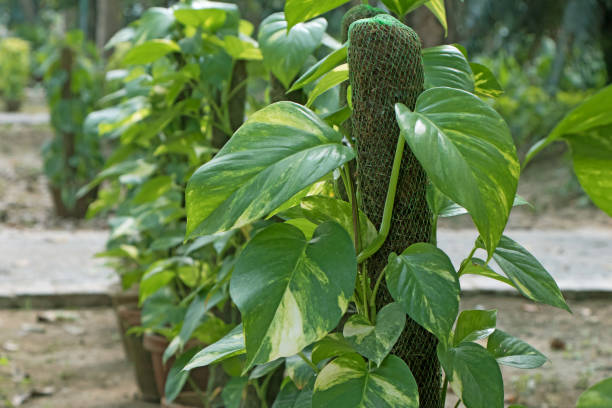Look After Your Peperomia Rosso With These Helpful Tips
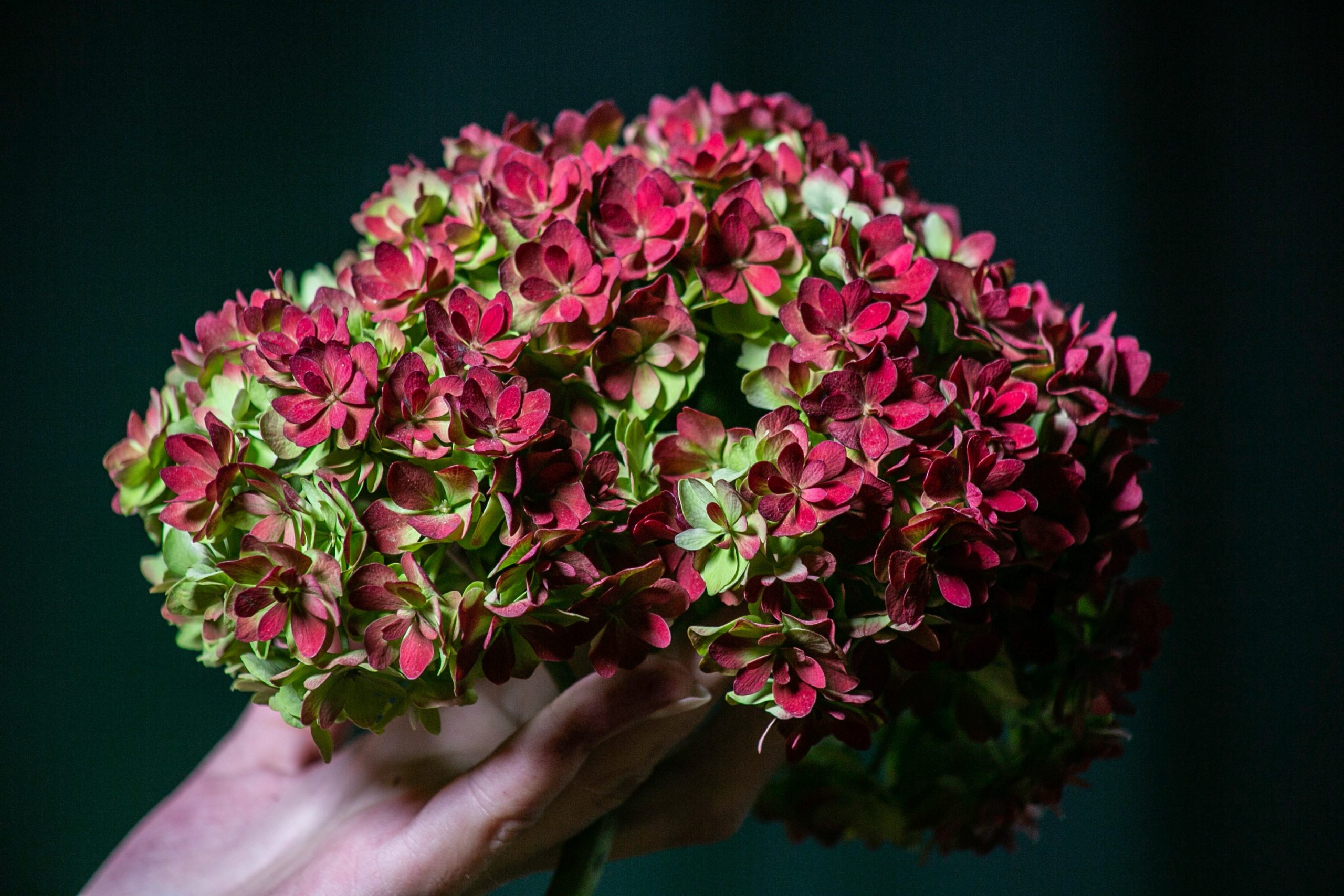
Are you looking for a beautiful hanging plant for your porch? Then Peperomia Rosso is the one to go for. Not only will it enhance the look of your porch, but you will cherish the plant for years. The species is native to Brazil, Central America, and South America. Moreover, the plant has a flowering variety with distinct red undersides and green and glossy leaves. However, if you want to add a colorful touch to your gardening collection, Hoyas do a great job as well.
Taking Care of Your Peperomia Rosso Is Now Child’s Play
The scientific name of the variegated plant is Peperomia Caperata Rosso, and it hails from the family of Piperaceae. You will be surprised to know that it can withstand high humidity levels and different kinds of temperatures.
Moreover, the tropical plant comes with over 1000 varieties giving you ample alternatives to choose from. Peperomia Caperata also goes by the name of Emerald Ripper Radiator Plan (Source). Stick to the end to now the complete info guide about the plant.
Growth and Size
The compact Peperomia Rosso can stretch upto 8 inches high and wide. The wrinkled, heart-shaped dark green leaves develop into a beautiful rosette. The red-tinged stems lead to deeply veined and dark green leaves. The leaves are so dark that they may strike as blackish along the grooved surface.
To give it an attractive look, it is suggested that you trim it even once every month. You can easily dust the plant using a soft cloth or a mist spray bottle. You can cut off the decayed and overgrown branches and stems within the first few weeks of the budding season. Want an indoor plant with more fleshy and juicy leaves? Check out the watermelon peperomia care.
Fragrance and Flowering
Peperomia Rosso braces very small, greenish-white flowers at the end of beautiful reddish spikes. Although they are not fragrant and showy, they will add an elegant look to your porch.
That is so because Peperomia Rosso comes under those varieties of Peperomia, which are exceptionally rare and develop into a classy variegated potted plant.
All the beauty and elegance of the rare variegated flowers and dense, thick leaves will make you fall in love with them. Moreover, with the easy tips of planting and nourishment, peperomia care will soon become one of your hobbies.
Solid and Transplanting
Almost all plants in this family grow best in a well-drained potting mix retaining some of the moisture. Peperomias don’t need too much of nutrients; however, a porous mixture helps drain the water easily. It is recommended that you add perlite and peat moss in equal proportions when preparing the soil’s potting mixture. The Radiator plant is like an obedient child. That is so because it grows uniformly, and you won’t need to repot it until it outgrows the very first pot.
Light and Temperature
Because it’s a fleshy plant, Peperomias bloom under shiny but indirect light, so you can place them near windows, depending on if you want to keep them inside. However, if you prefer them outside, it is recommended that you position them in a shaded area.
The succulent will also not grow well if exposed to extremely bright sunlight or a dark room. That is so because, in that case, the multicolored leaves might fade-off, and you will not see its lovely foliage.
Peperomia Rosso can live through winters while they can only tolerate 10-25 degrees Celsius in summers. High humidity levels and, in particular, above 50% is favorable for the succulent. However, if the moisture is low in the air, you can always use the spray bottle to wet the leaves.
Nourishment
Since all the vital macronutrients such as as- potassium, nitrogen, phosphorus are present in a well-balanced amount in soil, it is suggested to use only soluble fertilizer like 20-20-20 NPK.
Moreover, you only need to replace the soil once every year in the course of spring by virtue of the fact that it holds high levels of soluble salts after fertilization. When Peperomias are in the growing stage, you can use diluted fertilizer twice in one month and also supplement it with homemade plant food once a month. However, spring is the best time to feed them with fertilizer.
Water Requirements of Peperomia Caperata
The Radiator plant is extremely sensitive when it comes to watering. To ensure that Peperomia Caperata gets sufficient water, you should water directly on the soil. In that way, proper drainage is also provided to the plant. They have very feeble roots and can’t tolerate drought conditions. However, you can water the soil once the soil is moderately dry.
You can water them once every ten days during springtime and summers. Besides, they are also apt to get rot if you overwater them. Therefore, you can neither afford to let the soil get dry and hard nor can you drench it with excess water, and that is the reason Peperomia Rosso can’t handle extreme conditions.
Tips To Propagate Peperomia Rosso
The easiest method to propagate this variety is Stem Cuttings. All you have to do is find a mother plant and shear the long stems from healthy leaves. You will be cutting multiple stems because there are chances that some may not propagate at all. Now, before you plant them in a container, you will let them dry so that they do not rot from moisture.
You have to carefully dip the edge, cutting in a powerful rooting hormone solution. To ensure that the cutting has a firm base, you should use organic compost in the potting mix. After gently moistening the topsoil, place the potted plant in a place where it is exposed to bright but indirect sunlight.
You must be thinking when will it get matured? Well, without any use of fertilizers for the first six months, you will see the actual results. However, if you want to keep your baby Peperomia safe and healthy, then refrain from using excessive chemicals and rely more on natural compost.
Precautions From Pests And Diseases
A well-maintained Peperomia has no major pest diseases or insect problems. However, if peperomia care lacked the gardener’s attention, it might be prone to mealy bugs, whitefly, or spider mite attacks.
Check for any white-colored coating on the surface of stems or under-sides of the leaves. If you do not want to deal with fungus gnats, you should avoid overwatering the Peperomias. While excessive watering can lead to a mold coating on the plant surface, exposure to direct sunlight may cause the discoloration of leaves. In this case, there is a possibility that the whole plant may eventually wane out.
How to Get Rid Of The Insects?
You can always rely on neem when it comes to preventing diseases. To avert the insects from leeching off the essential juices of your Peperomia Rosso, use neem oil or insecticidal sprays.
During the winter, the Emerald Ripper Peppers are often attacked by snails and slugs. Quick remedies include salt to dehydrate, iron phosphate, and beer. Moreover, never forget to sterilize the tools with isopropyl alcohol before you propagate the Peperomias. If you do not take the needed precautions and use the tools without disinfecting them at first, it can be hazardous for your Peperomia Rosso. Therefore, always use the sterilized equipment so that you don’t accidentally transmit bad bacteria and diseases to the newly propagated cuttings. Because if that happens, peperomias may not develop to their full potential.
Final Words
Peperomia Rosso is the kind of indoor plant that will not only provide a sophisticated look to your indoors but is also perfect for the shady area of your porch or office places. Apparently, you can also position it at your bookshelf, or end table, or desk at work. Its compact size can also be used in the decoration of the balcony as a hanging plant. Just place it in a basket and hang it from the ceiling. If you find the information helpful, drop a comment.

